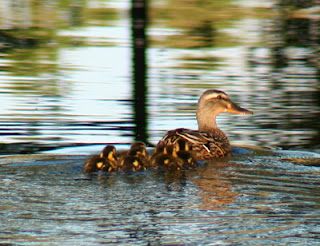We Have a New Alligator
He is a young male previously spotted in the small pond next to the volleyball court. It is likely that he’s on the move because the big gator in the large apartment ponds will not allow him to stay where he was. This is the time of year when male alligators are likely to be moving. It is unlikely that he will stay, as our pond has a lot of activity around it.Please be aware that alligators move around and may show up in any of our ponds.
Enjoy gator watching but please ALWAYS KEEP YOUR DISTANCE! Stay 60 or more feet away. Photographers, use the telephoto lens.
DO NOT FEED ANY ALLIGATOR! It is illegal for good reason. It habituates them to humans and they associate them with food–not good! Though alligator attacks are actually very rare–only 11 have been documented in SC since 1948 (none fatal)–this is what can cause aggression.
The University of Georgia has a very informative alligator safety pamphlet.
http://srelherp.uga.edu/alligators/safety/AlligatorSafetyGeneral.pdf
We are placing a copy of it in the clubhouse.
Phil Baugus reports that this alligator is not making any attempt to approach him–a good indication that he has not been fed by people. Let’s keep it that way.
Any gator that gets a call on it is not moved, it is killed. Please let's live together in harmony with the alligators as with other critters in our woods. It’s theirs as well.
Many thanks to Michele Isaacs (building 1000) for her valuable input.











